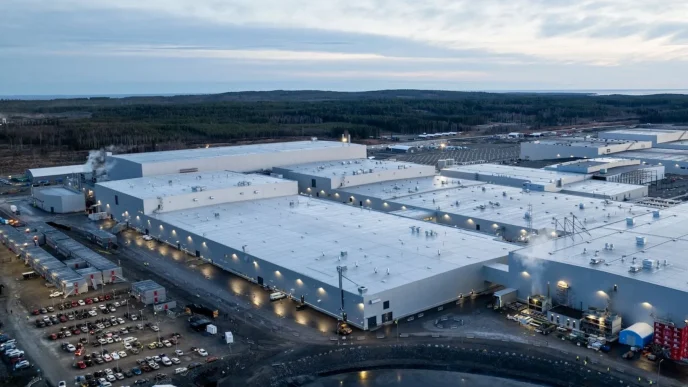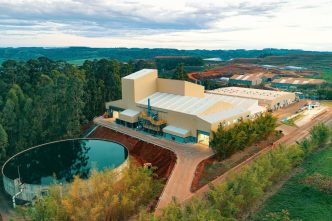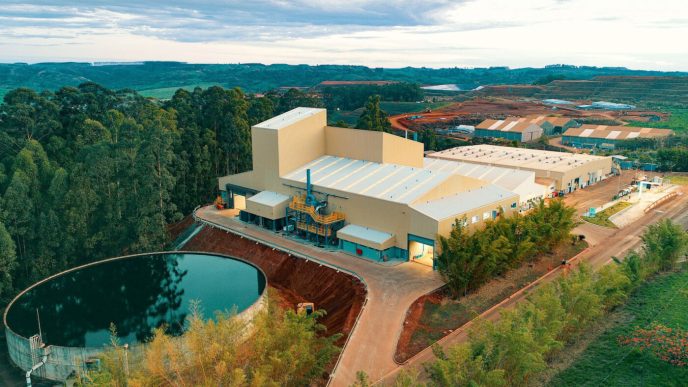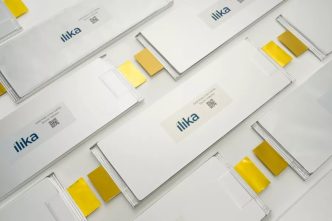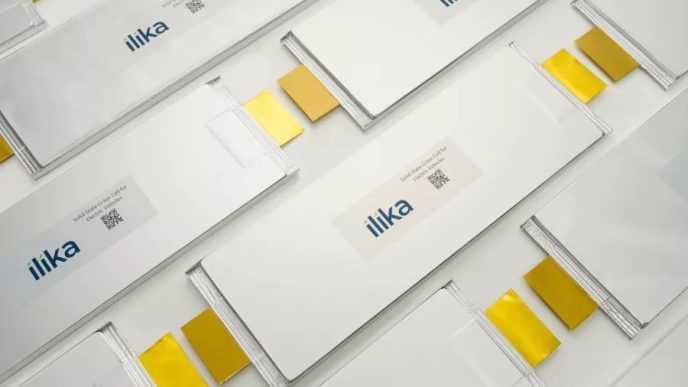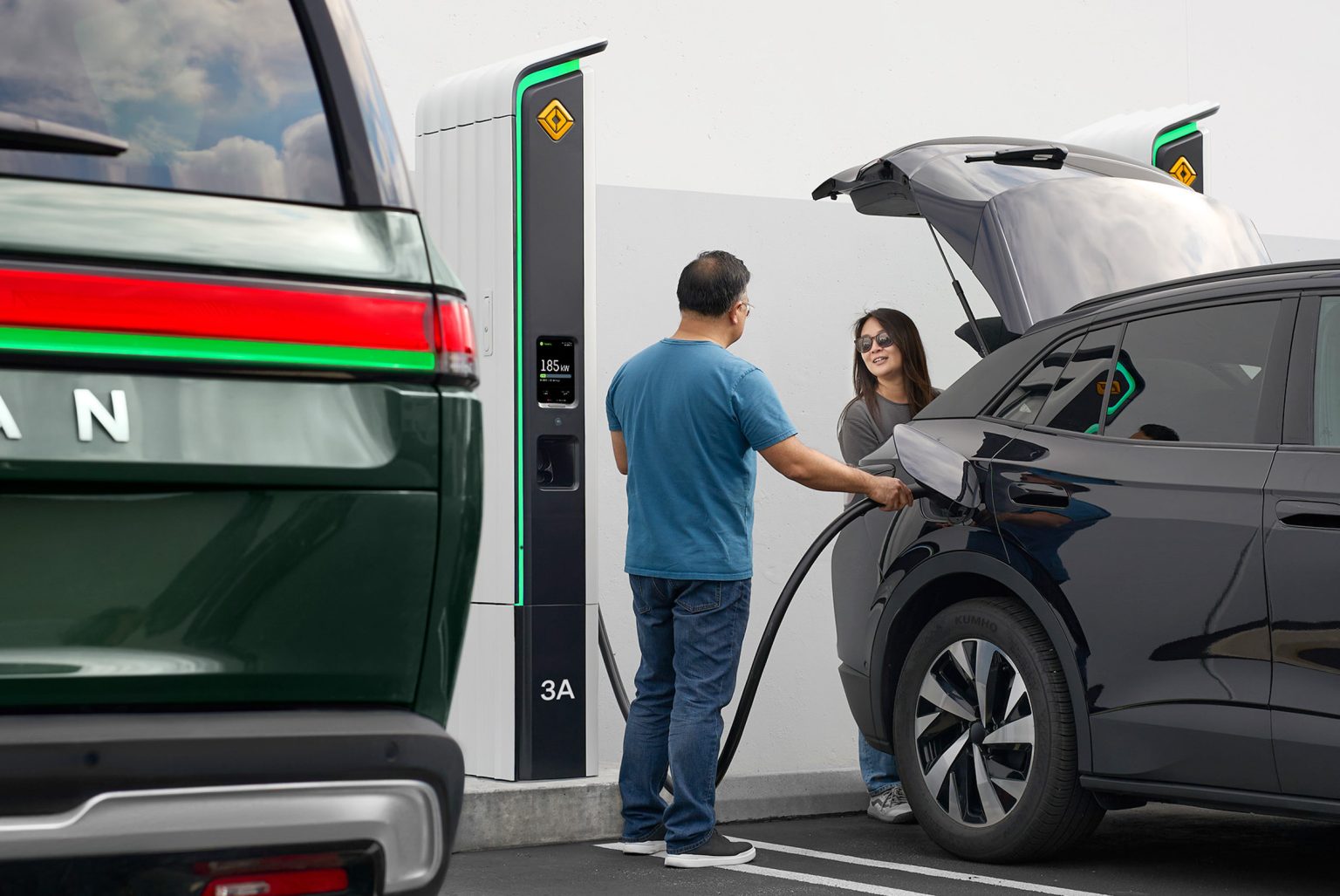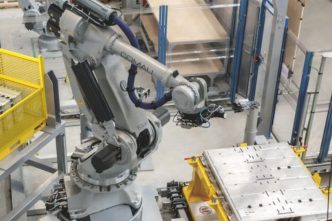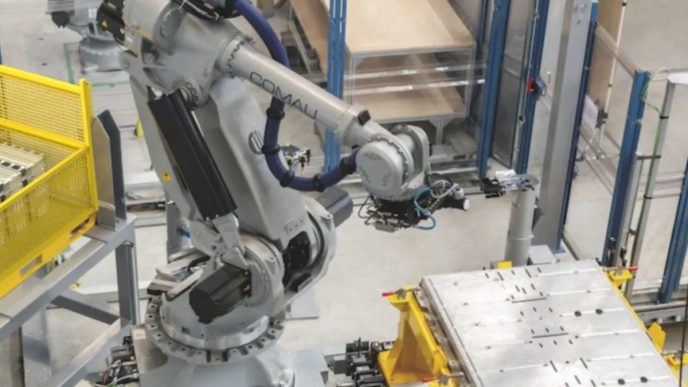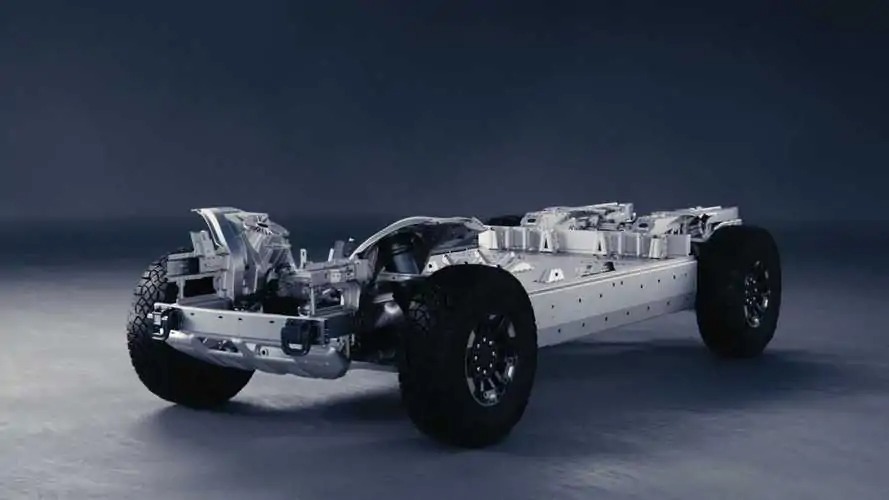Rivian Automotive’s forthcoming R2 and R3 midsize electric vehicles are unlikely to adopt an 800-volt architecture, a technology that enables faster charging and improved efficiency, according to CEO RJ Scaringe. Instead, the automaker is focusing on battery chemistry and cost optimization to deliver competitive charging speeds while maintaining affordability.
“The move [to 800-volt systems] is just not as critical for R2,” Scaringe told reporters during a media roundtable. “R2 we’ve optimized more around cost, to make sure we deliver great performance but [at] these price points.” While Scaringe stopped short of confirming the vehicles would use a 400-volt system, he highlighted that advancements in battery cooling and cell chemistry are more crucial than voltage for achieving faster charge times in smaller vehicles.
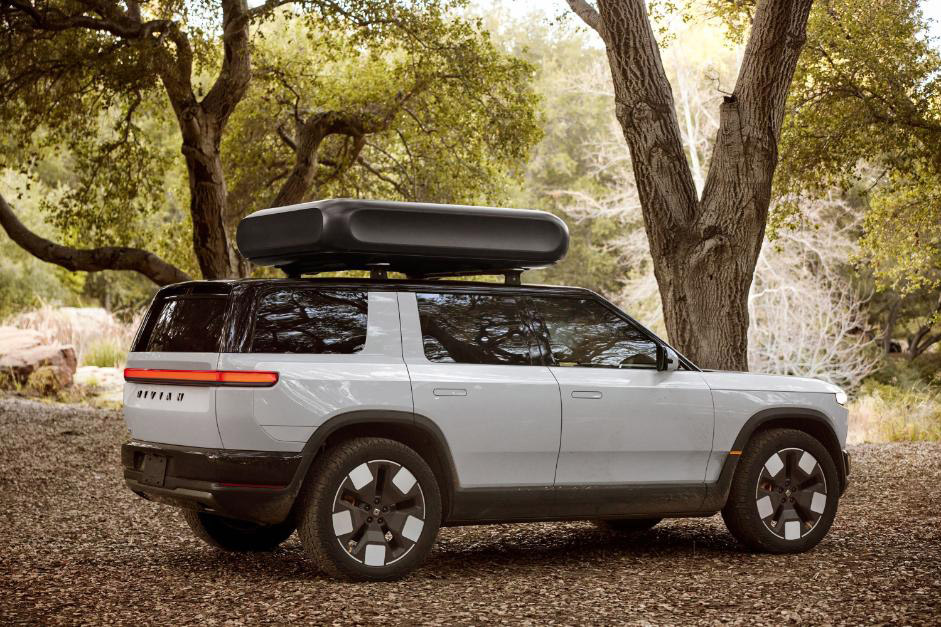
Charging Speeds and Industry Comparisons
Higher-voltage architectures, like those used in the Hyundai Ioniq 6 and Porsche Taycan, allow for ultra-fast charging times, with some models achieving 10-80% battery charges in under 20 minutes. However, Scaringe argued that such systems are more relevant for larger batteries, such as those in Rivian’s R1 vehicles, which he said will “need to transition” to an 800- or 900-volt setup in the future.
“We think ultimately the charge times need to be sub-20 minutes for that 10-80 time,” Scaringe said. “We’re 100% aligned on that. You can get there with [400v].” He pointed out that even some 400-volt systems, such as those used by Tesla and Rivian’s own R1 vehicles, already achieve charging speeds comparable to higher-voltage systems.
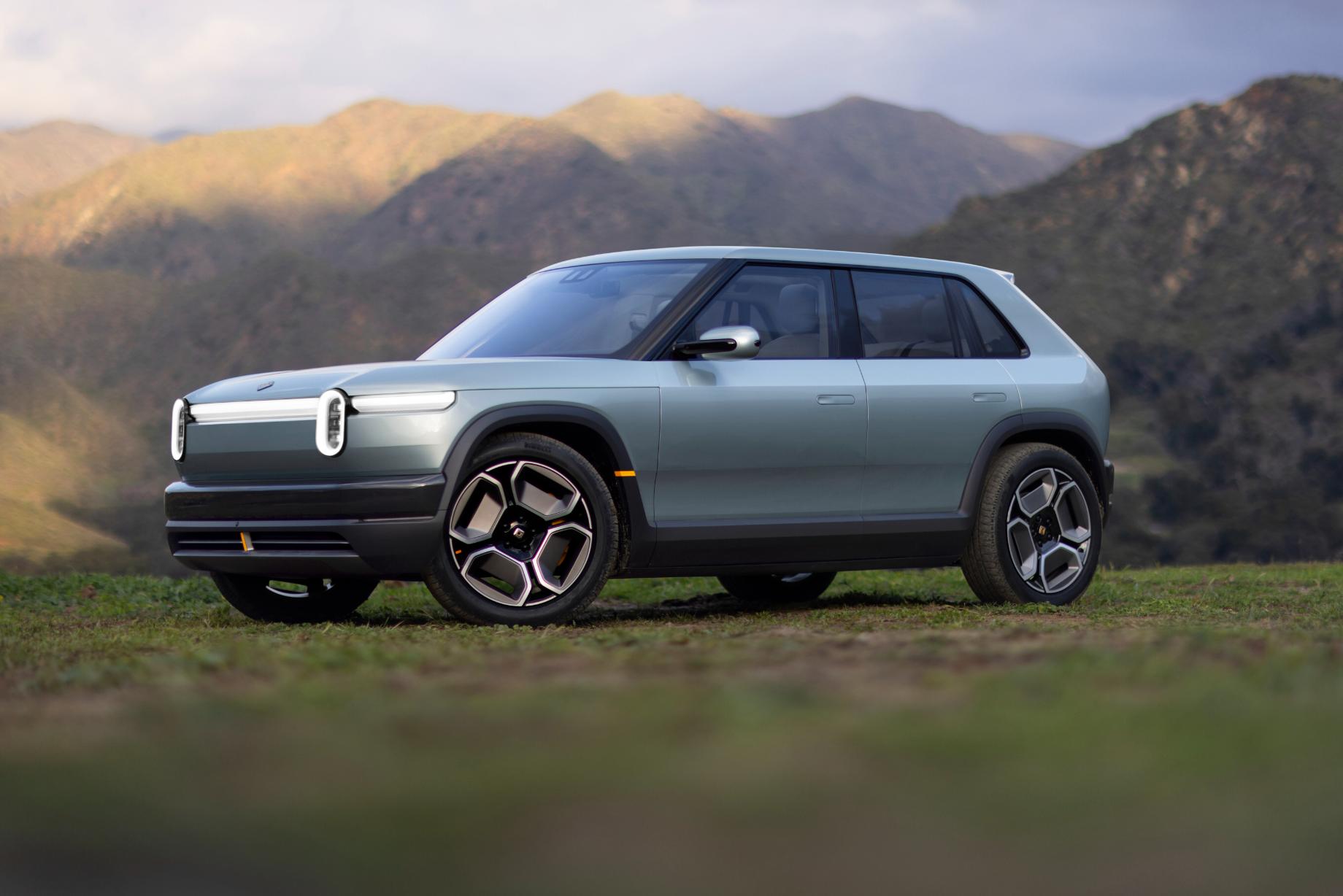
Advancing Battery Chemistry and Thermal Management
Rivian plans to use its “4695” cylindrical battery cells in the R2 and R3 models, which are designed to offer improved thermal performance. While the company aims for sub-20-minute charging times in the future, its current target for the R2 and R3 is “under 30 minutes” for a 10-80% charge. Scaringe acknowledged that achieving faster times would be a long-term goal rather than an immediate promise.
“Our focus isn’t just on voltage,” Scaringe explained. “Battery chemistry and thermal management play a much bigger role in delivering the performance our customers expect.” He added that while an 800-volt system could help, advancements in these areas are essential to reaching the company’s goals.
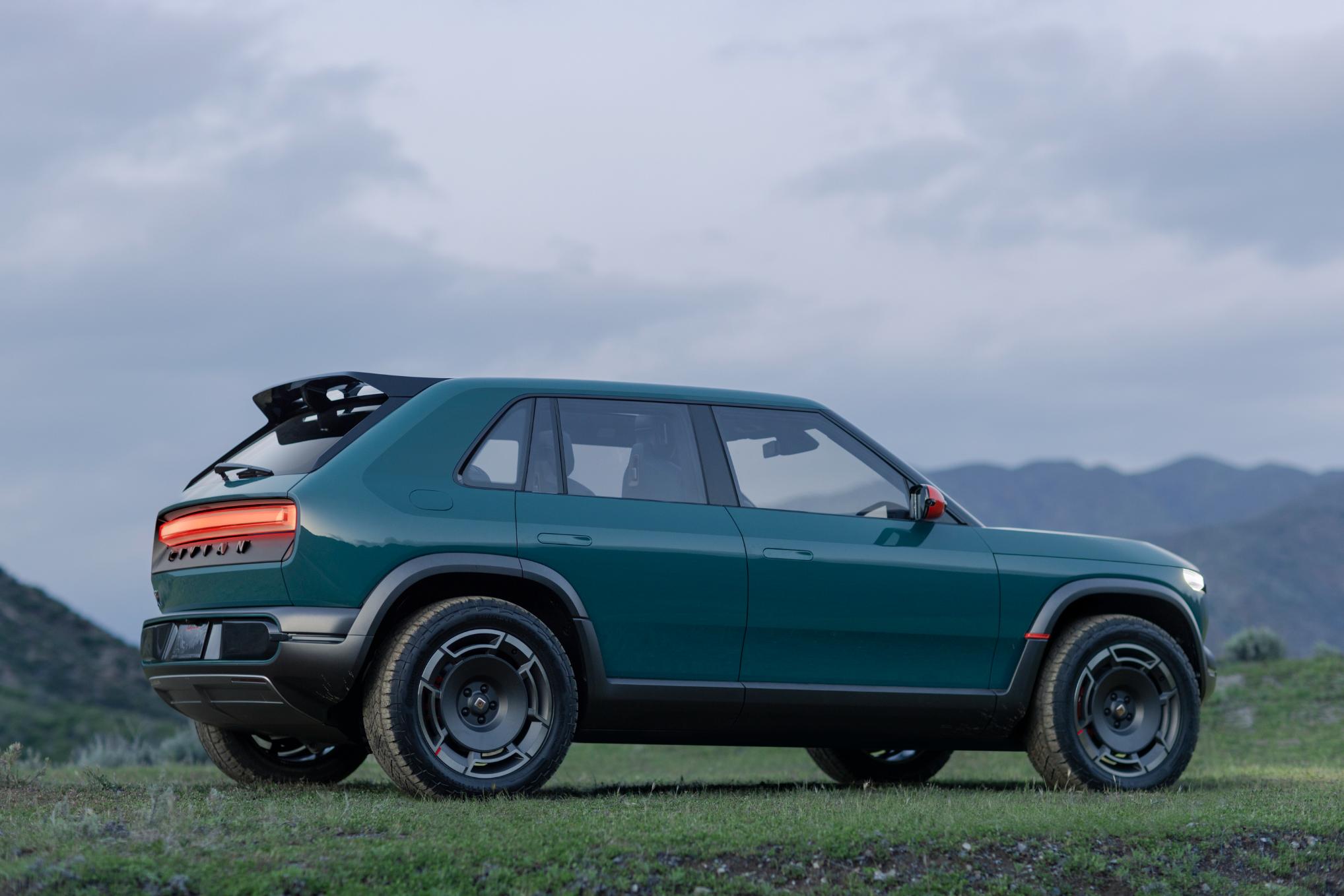
As Rivian continues development of its next-generation products, its strategic choice to prioritize cost efficiency and battery innovation over high-voltage systems may set the R2 and R3 apart in an increasingly competitive EV market.



